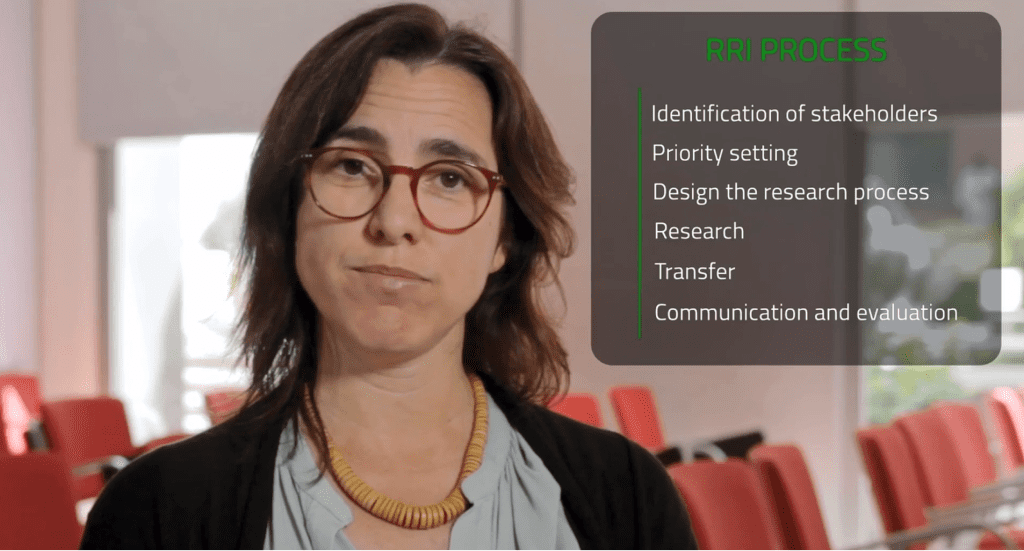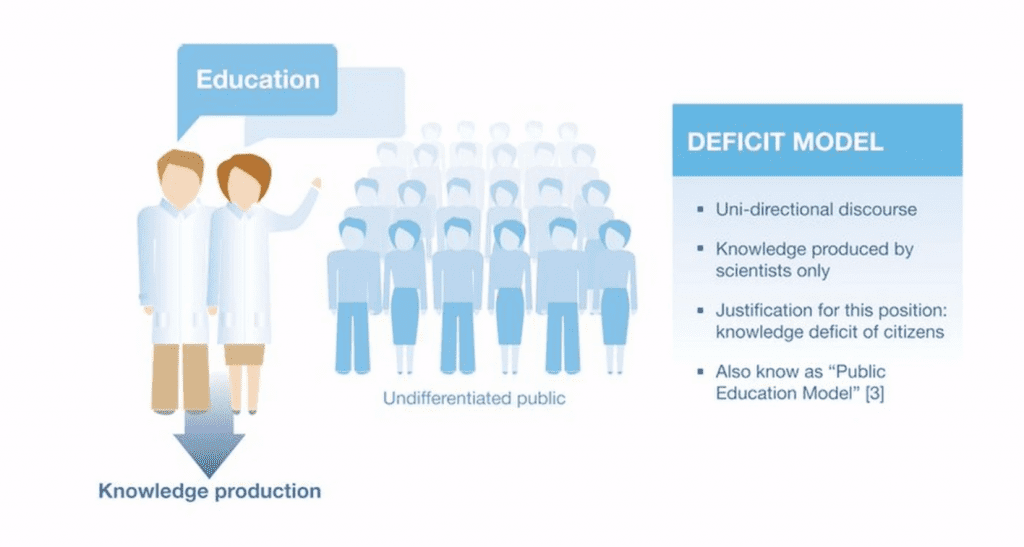Course Review: Science Communication and Public Engagement
Exploring how scientists can effectively engage with a broad audience through clear communication.
I’ve completed the online course Science Communication and Public Engagement, offered by EIT Food on FutureLearn. Let me share my experience with the course, Q&A-style.
Why science communication?
This is a foundational course on science communication, and it really drives home why this topic is essential. Each week, the content becomes more practical, encouraging you to think about how the course can benefit you, specifically.
I chose this course to better understand how the next generation of scientists can effectively communicate with a general audience. Communication is so important in science – why spend years doing research if you can’t share this information clearly and simply with others, from policy makers to your parents.
Who is the course for?
There are no requirements for taking the course, but it is designed for scientists and researchers, looking to communicate their work and studies to the general public.
Who runs the course?

The course is available on FutureLearn and taught by Alessandro Cicerale and Katiuscia Sacco. They do not interact with course discussions; the learners are encouraged to lead interactions by sharing their experience and knowledge.
This course from the European Institute of Innovation & Technology (EIT) Food, was developed by University of Turin and the Autonomous University of Madrid, and co-funded by the European Union. It includes videos, audio clips, and articles featuring experts from these organisations.
How to access the course?
FutureLearn gives you basic access to the course for free, which includes:
- A limited-time access the course content
- The ability to comment on each page and interact with other learners
If you upgrade the course, your access to the course is no longer limited and you receive a certificate of achievement upon completion.
What’s the time commitment?
The course recommends 2 hours of study per week, or 6 hours in total. I would suggest you add 30 minutes to this, for extra readings or reviewing notes. You can take this course at your own speed. There are no deadlines and you can rewatch videos as many times as you need.
What will I study each week?

Week 1
Using recent statistics, and stories from scientists throughout history, Week 1 encourages the learner to think about how science communication has served them directly and indirectly. The week finishes by asking learners to reflect on what ‘message’ they want to share about their field, and who they think could benefit from hearing it.
Week 2
With your communication goals planned, this week’s assignment asks you to dig deeper and explore more aspects of the message you are communicating. It is a very visual exercise that you may continue to use as a planning tool in the future.
This assignment is dynamic; you give and receive feedback to and from fellow learners on the work you have all completed. This is where communication really comes into play, and analysing others’ work allows you to consolidate your thoughts on your own message and methods of communication.
Engagement is key in successful communication, so the course suggests how to present yourself and your work, and how effective science communication involves storytelling.
Week 3
The final week focuses on reaching a wider audience, advising you on how to communicate with journalists, institutions or stakeholders. This training ensures you always convey a succinct and accurate message, without confusing your audience with scientific ‘jargon’.
My experience
A common theme throughout this course is society, and how scientists can serve society by effectively communicating their research. This course served as a self-reflection exercise as to where my interests lie in my field of science, and who I am hoping to engage when I share my research.
I recommend:
- Taking notes: Particularly on the section where you lay out your goal and audience. This will give you a better understanding of your personal goals.
- Saving the links provided: There are some brilliant resources linked.
- Getting involved: Prompts are provided at the bottom of each page for you to share your thoughts. Reading others’ comments could help you further your understanding, or see a different perspective.
Overall, I learnt a lot from this course, not only in terms of content, but also regarding how I can plan my work to ensure it is clear and engaging. I would recommend it to anyone in the field of science, or those in media looking to expand their repertoire.
In addition to the section on the importance of social media presence, my suggestion to the course developers would be to explore science communication through short-form media such as Instagram and TikTok, as this reaches a new demographic of people excited to learn about science.







